In a new book, Presenting Shakespeare: 1,100 Posters From Around the World, Mirko Ilić and Steven Heller group examples of advertising art by Shakespeare play. Their Hamlet chapter is full of particularly lovely artistic interpretations, drawing from the moody source material of the play itself.
The group below comes from the late 19th and 20th centuries, when text-heavy theatrical advertisements had been superseded by the more ambitious posters made possible by the advent of affordable color printing. “Unlike more ephemeral handbills,” Ilić and Heller write, “[posters made after the middle of the 19th century] were designed to hang during a run of the play and could be more creative in scope.”
Certain motifs repeat often in the Hamlet posters Ilić and Heller collected. ” ‘Hamlet’ offers the poster artist a wealth of mnemonic possibilities,” the authors write, including the famous skull and the contested crown, as well as the ghostly presence of Hamlet’s father. Because of the importance of the lead actor to each production of this play, an image of the prince anchors many of the posters.
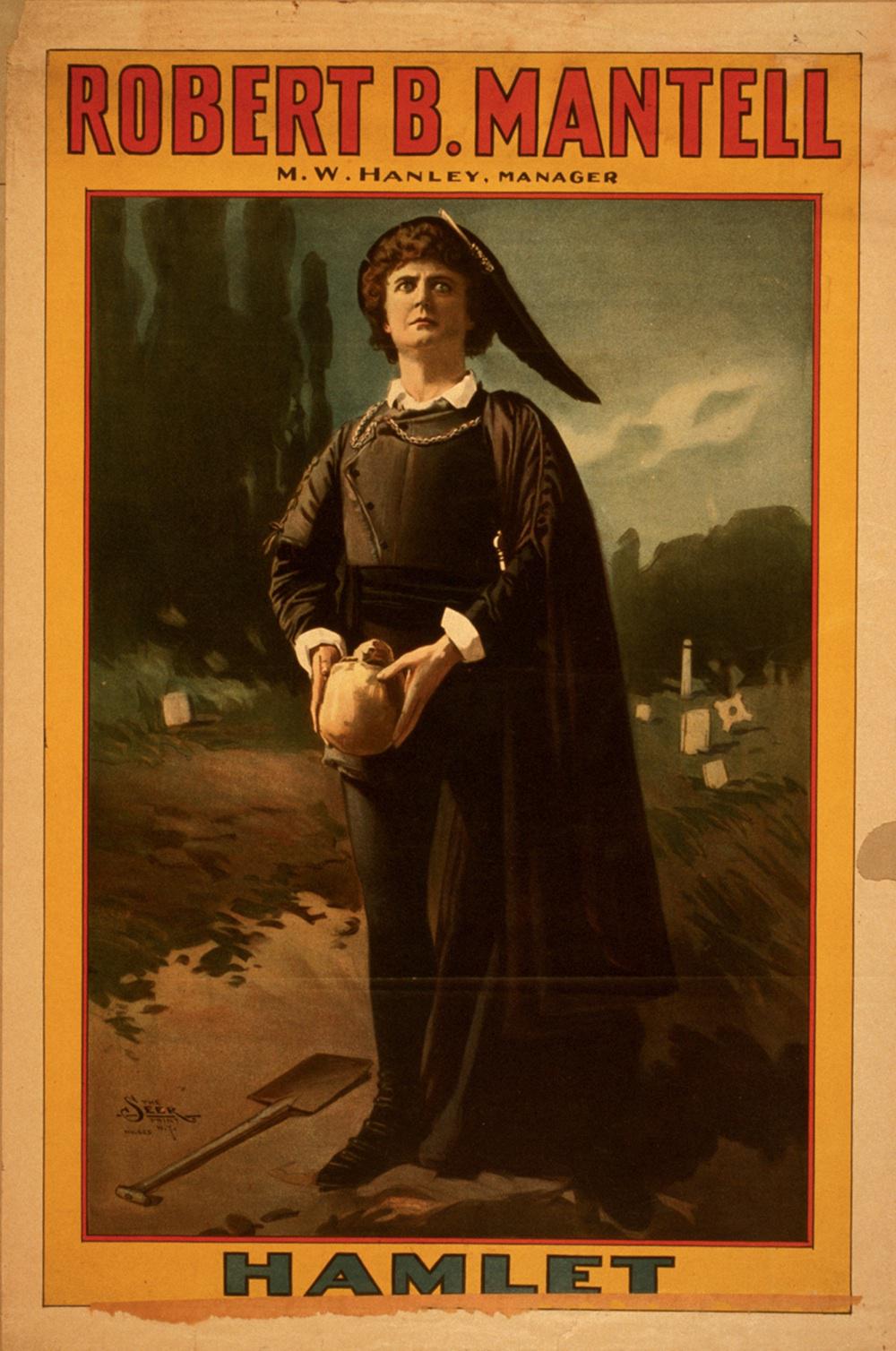
Library of Congress
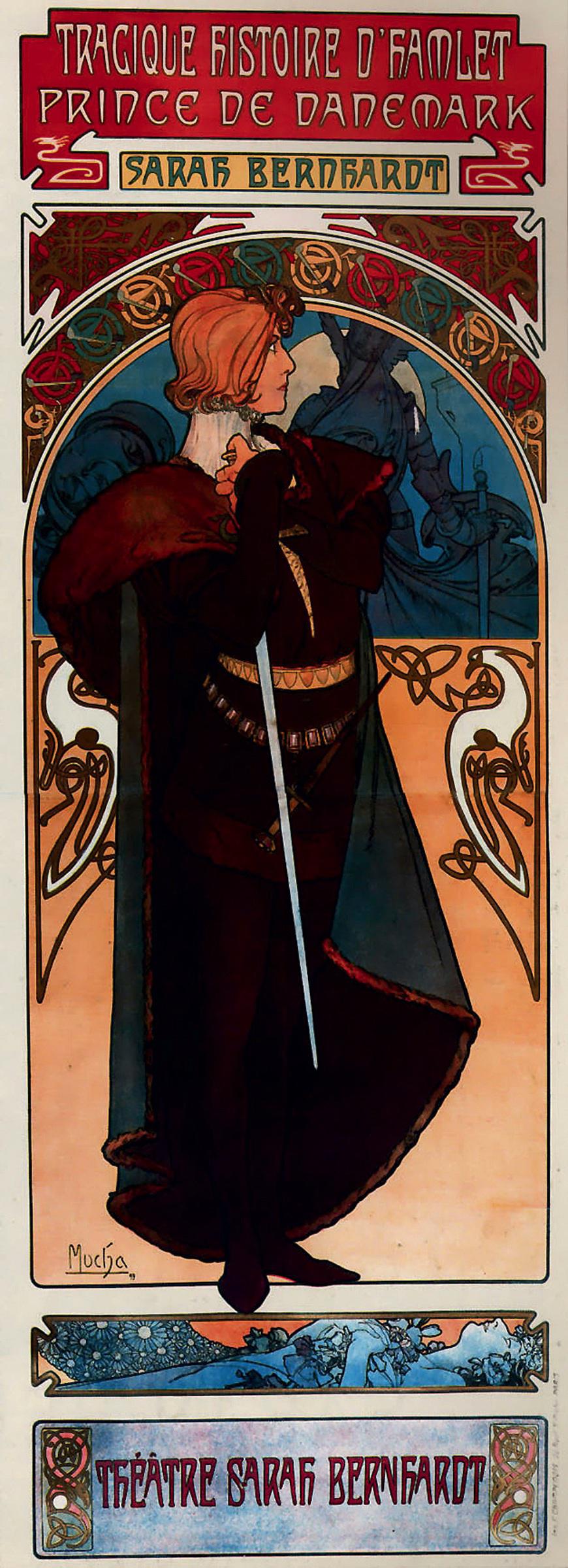
Princeton Architectural Press
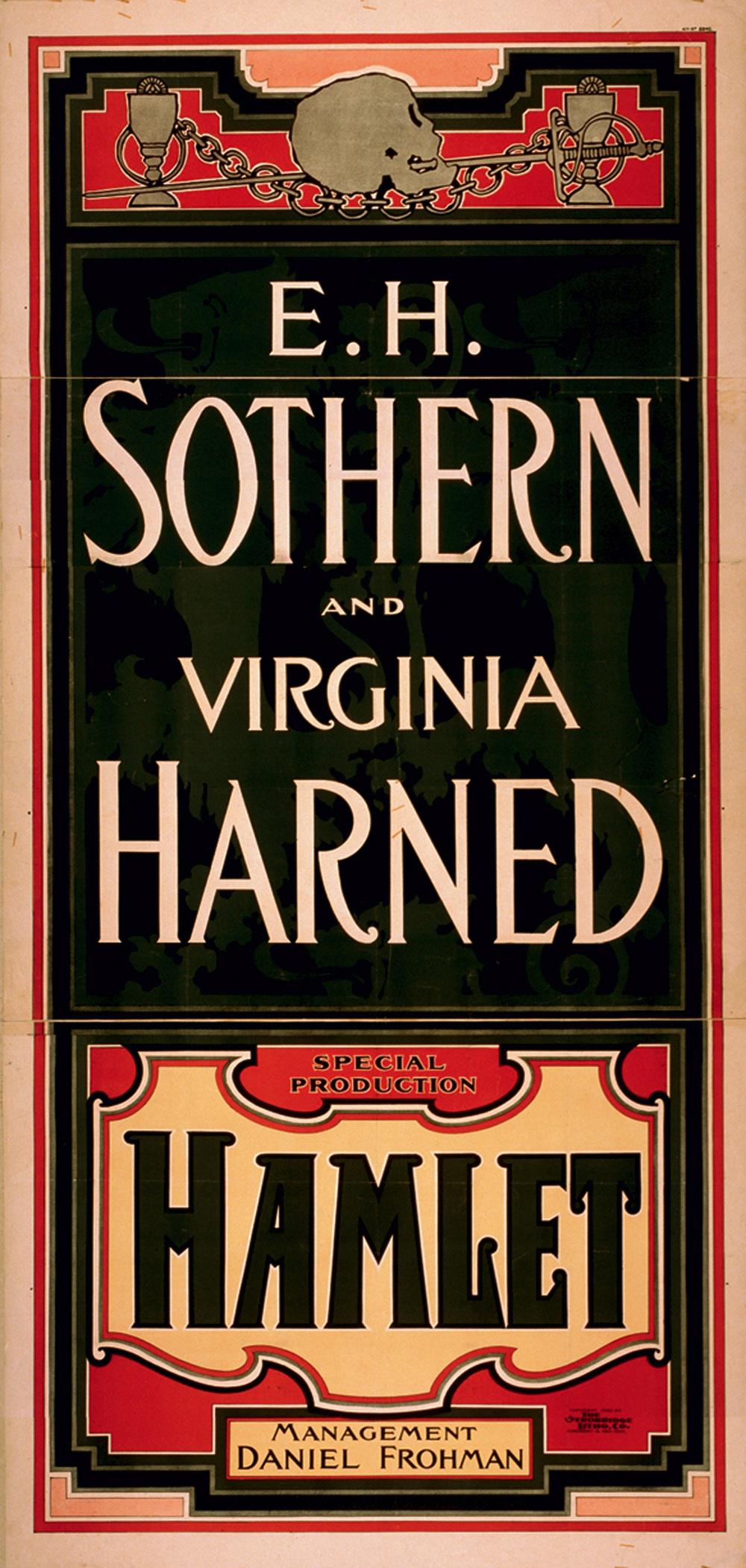
Library of Congress
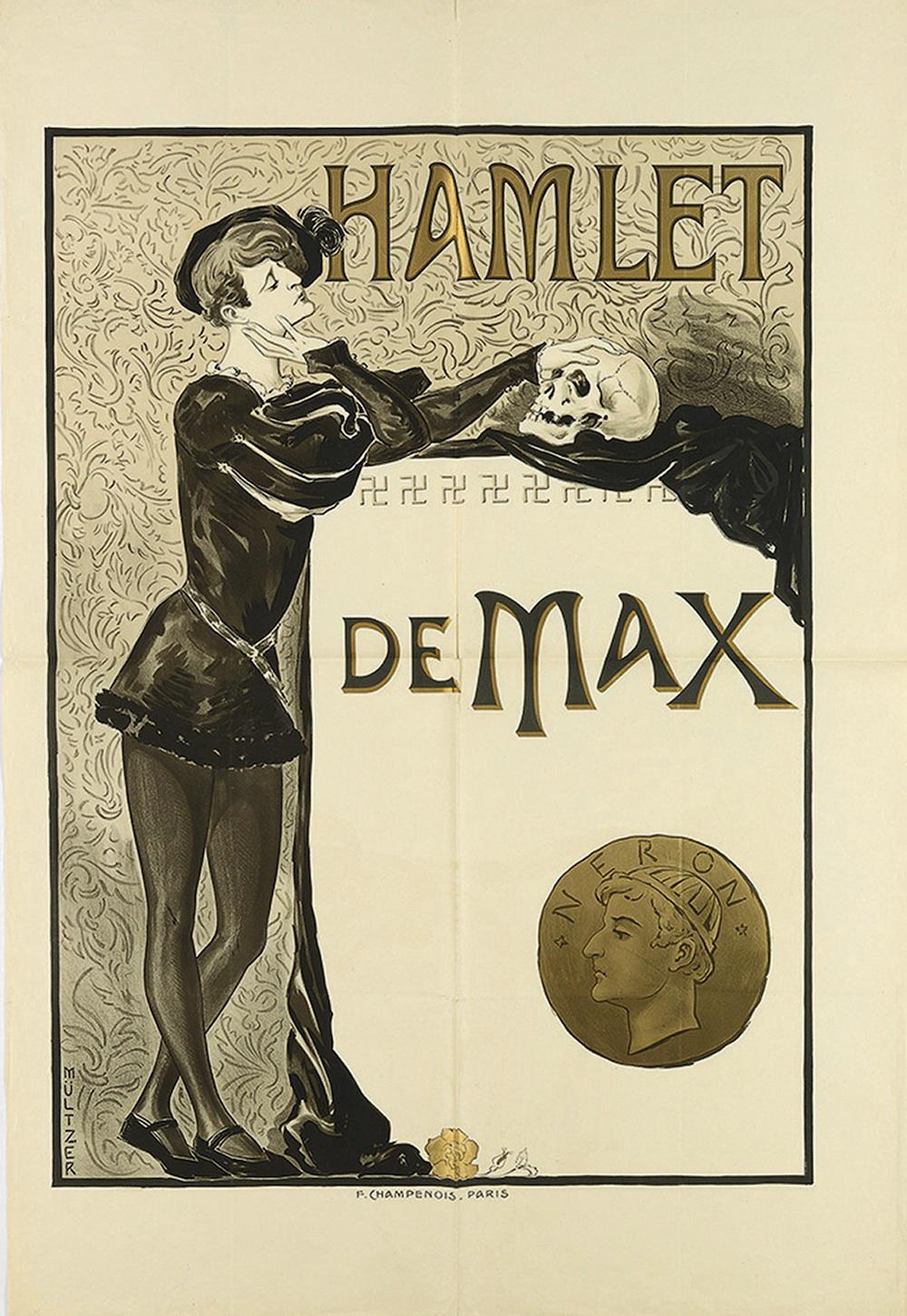
Swann Auction Galleries
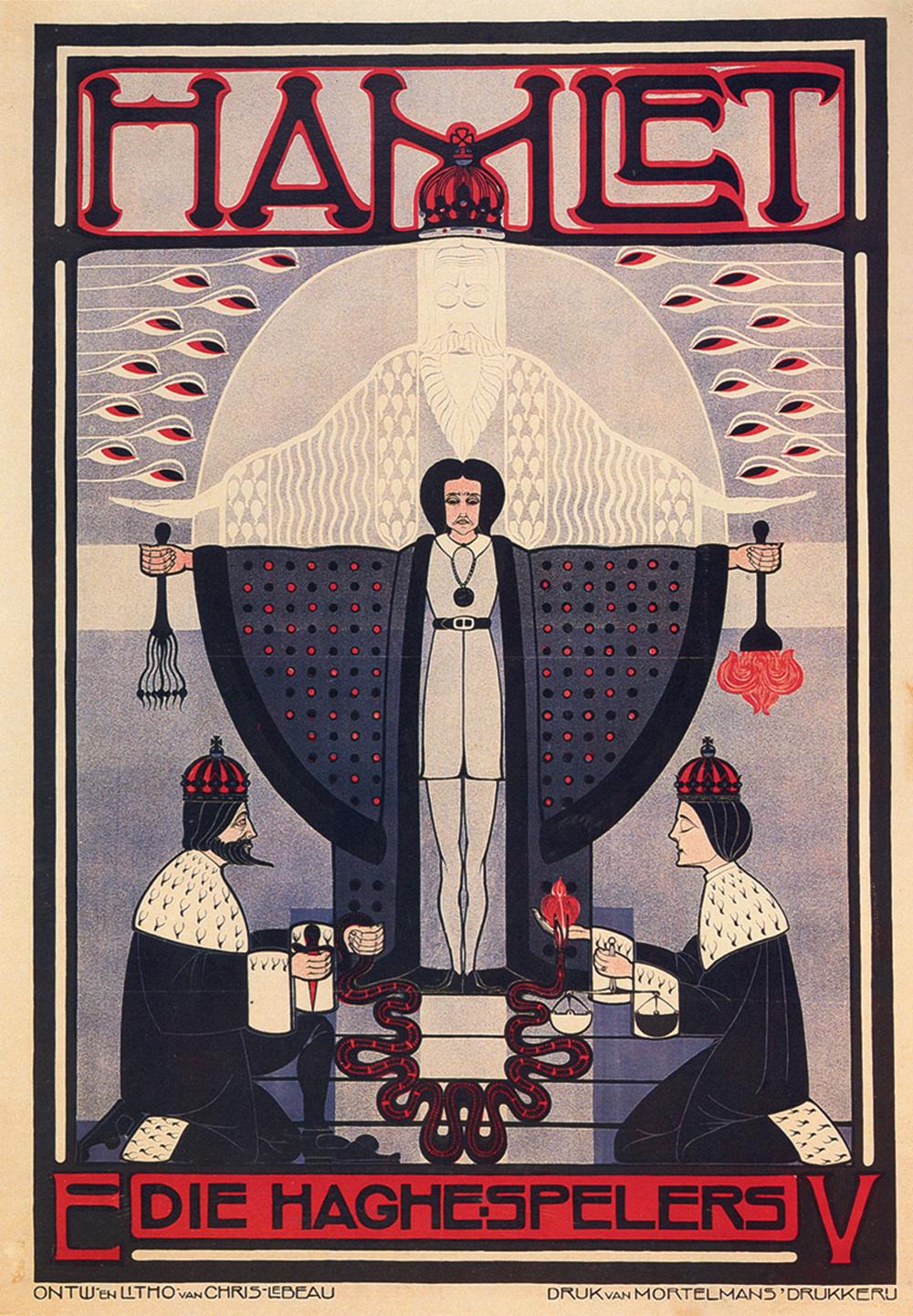
Princeton Architectural Press
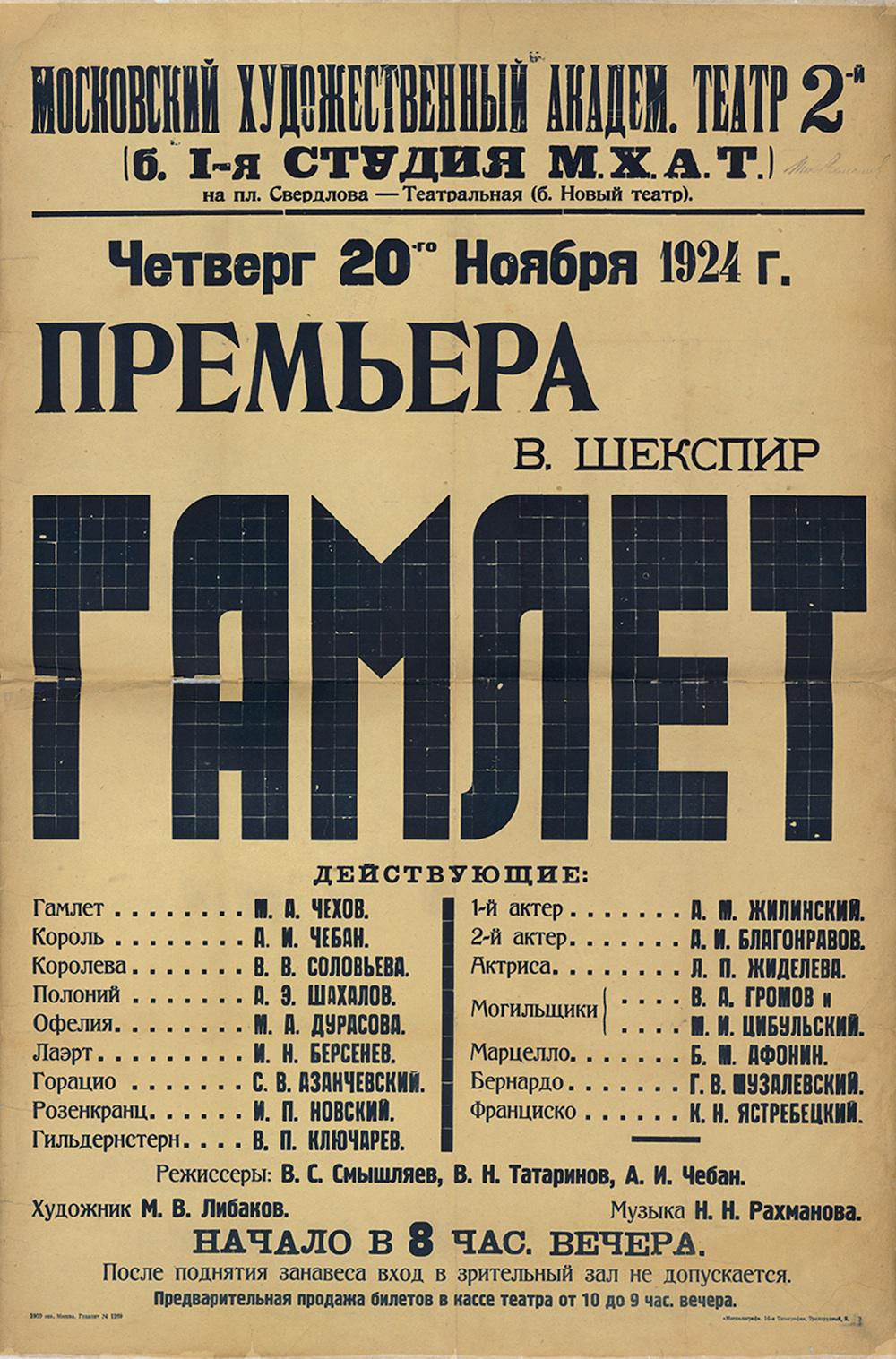
Bakhrushin Museum O Federal State Budget Institution of Culture “A.A. Bakhrushin State Central Theatre Museum,” Moscow
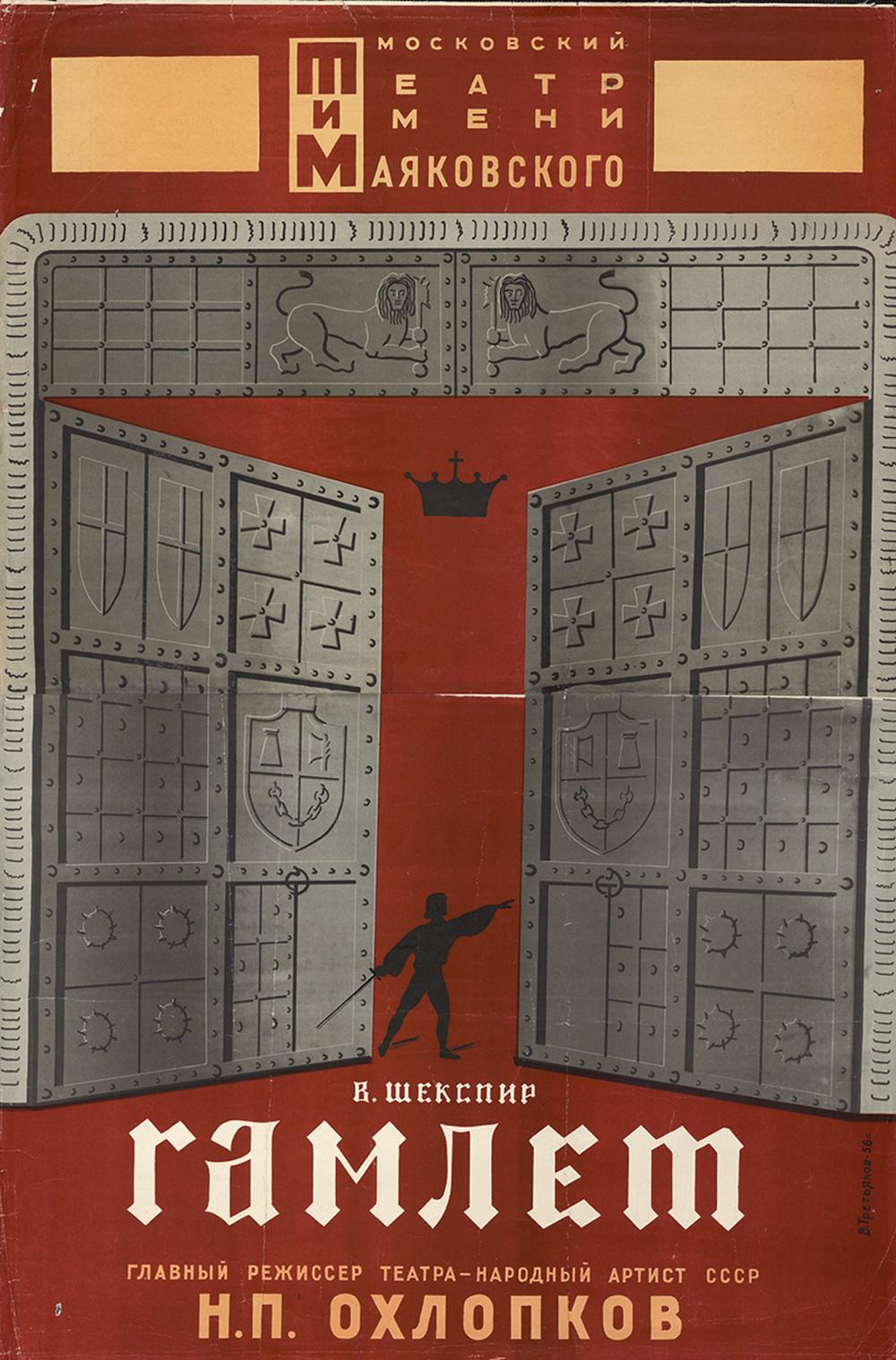
Bakhrushin Museum O Federal State Budget Institution of Culture “A.A. Bakhrushin State Central Theatre Museum,” Moscow
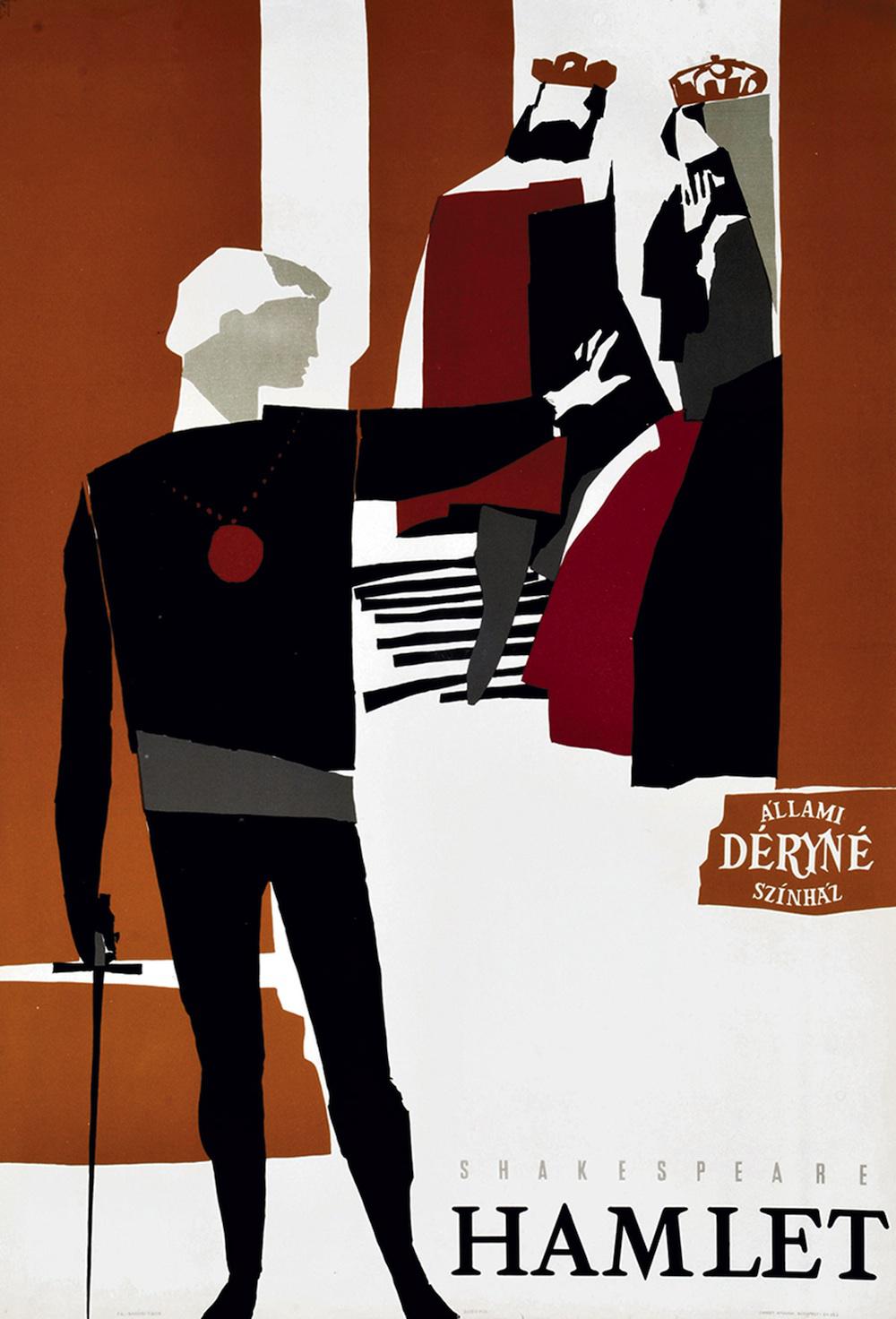
Courtesy of the Budapest Poster Gallery